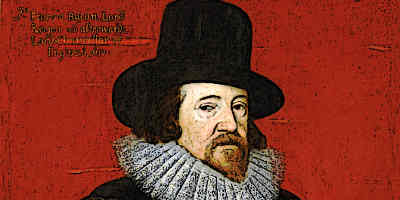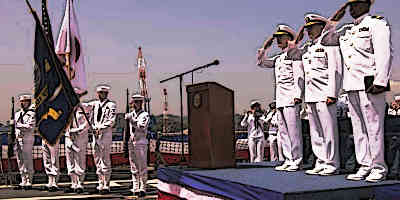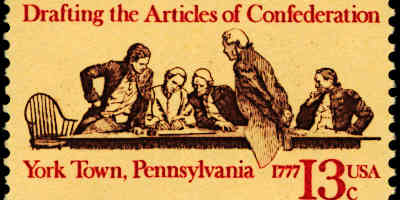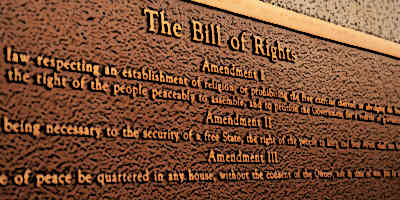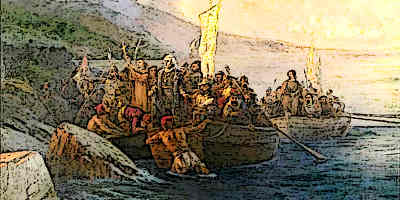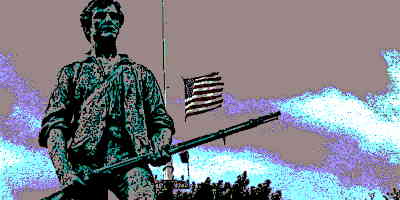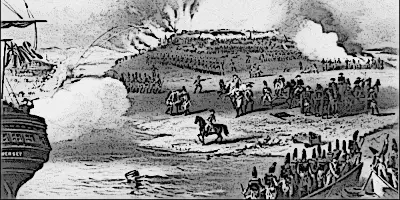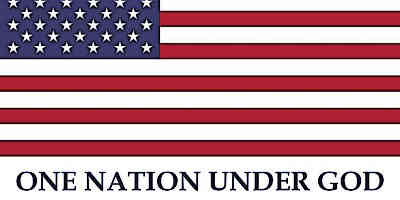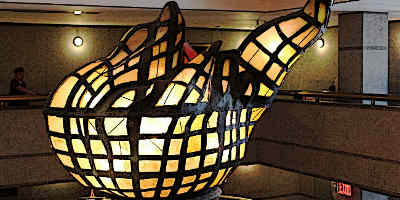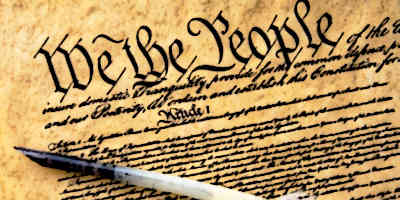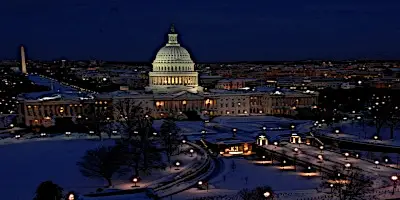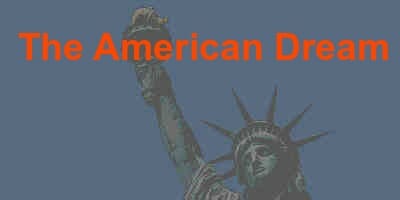American Enlightenment
American Enlightenment was an intellectual movement which started in the 17th century
American National Anthem
The national anthem of the United States *The Star-Spangled Banner
Articles of Confederation (1777): America’s First Constitution Explained
The Articles of Confederation were written in 1777 and were a set of rules
Betsy Ross
Betsy Ross is historically credited with creating the first ever American flag
Bill of Rights
The Bill of Rights was written in 1789 by by James Madison, originally 12 Amendments, reduced to 10....
Birth of USA Timeline
The Birth of USA began with the wars of Independence between colonialist and the British empire
Christopher Columbus
Christopher Columbus was a famous European explorer who discovered the American continent
Federalism in the United States: A Struggle for Balance
Federalism determines the balance of power between individual states and the federal government
First Amendment
The First Amendment was the first major change to the original Constitution of the USA.
Liberty Bell: The Story Behind America’s Most Famous Symbol of Freedom
The Liberty Bell is a bell that symbolizes the American Independence
The American War of Independence: How the Thirteen Colonies Won Their Freedom
The First Battle of the War of Independence Started in 1775, fought at Bunker Hill in Boston.
The Declaration of Independence: A Bold Step Toward Freedom
American Colonies fought for their freedom and in 1776 they declared their Independence
The Pledge of Allegiance: A Symbol of American Unity and Patriotism
The pledge of allegiance is a proclamation of allegiance towards the United States as a nation
The Torch of Liberty: A Symbol of American Freedom and Hope
The Statue of Liberty symbolizes liberty, democracy and freedom and more
The Treaty of Paris: How the American Revolution Officially Ended
In the Treaty of Paris, both sides officially agreed that there would be no more fighting
The U.S. Constitution: Foundation of American Government
The US Constitution set out rules for the new American Government and US Constitution laws
Washington D.C: The Heart of American Politics and History
History of Washington D.C - Americas Capital City
What Is the American Dream? Meaning, History and Modern Perspectives
The American Dream - learn about and Understand the American Dream
The Colony at Jamestown
After many failed colonies, the British settlers were finally able to establish their first successful colony at Jamestown. This settlement marked the beginning of British colonies in North America. The Jamestown settlement eventually expanded to become the large and prosperous colony of Virginia. Virginia later became one of the Thirteen Colonies that united to form the United States.
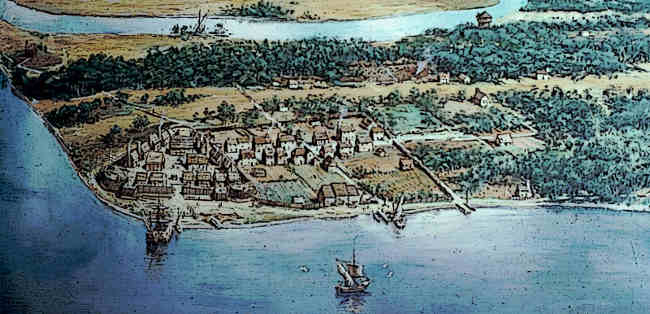
Table of Contents
Pilgrim Fathers
The Pilgrim Fathers refer to the first Puritans who arrived in North America in the 17th century. These Puritans arrived on board the Mayflower ship.

They came to find freedom in the New World where they could practice their religious beliefs freely.
The Pilgrim Fathers established the Plymouth Colony.
Other groups of Puritans established other settlements such as the Massachusetts Bay Colony, Saybrook, Connecticut and New Haven.
Providence Plantation
In 1636, Roger Williams established the Colony of Rhode Island and Providence Plantation. This colony became a haven of religious freedom and progressive ideals.
Many people who wanted to escape the religious or administrative policies of other colonies came to the Providence Plantation.
These include many Quakers and Jews from other British colonies. The colony was one of the Thirteen Colonies that constituted US at the time of its birth.
Unification of the Colonies
Throughout the 17th century, colonies were established by British settlers all along the eastern coast. Over time, many of these colonies expanded and grew large.

Some were eventually merged with one other to form a single entity. Massachusetts and Plymouth were combined into a single colony in 1691.
By the later part of the 18th century, 13 colonies existed along the eastern coast.
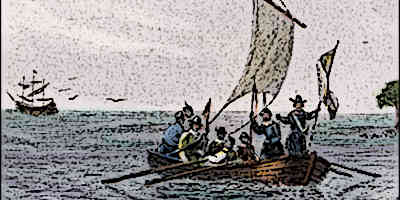
Provincial, Proprietary and Charter Colonies
Three types of British colonies existed in North America: provincial, proprietary and charter. Provincial colonies were directly under the authority of the king. They were established through a direct charter from the monarch.
Charter colonies were usually established by business entities or joint stock companies. Proprietary colonies were founded by notable individuals or families, also known as Lords Proprietors.
Trade and Mercantilism
Mercantilism was an important doctrine for the British colonies. According to this doctrine, the key purpose of the colonies was to produce raw materials which could be exported to Britain.
Britain imposed taxes and duties on these raw materials.
These materials were then processed in Industrial Britain and sold as manufactured products. In other words, colonies were a way of increasing profits for the Britain. This policy eventually angered the colonists.
War with other Europeans
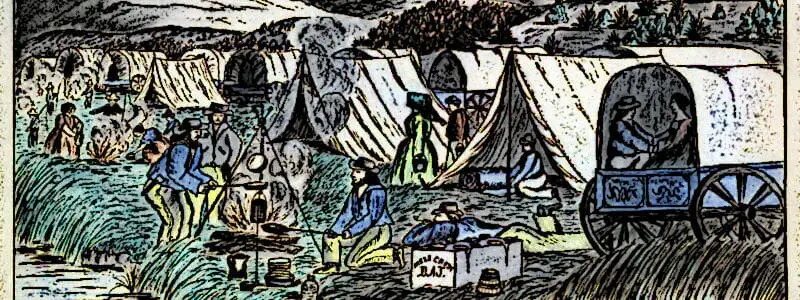
13 Colonies
The Thirteen Colonies that became United States were often at war with other European nations. France and Spain were two important colonial powers in North America at the time.
French had their stronghold in Canada and portions of the Midwest. Spanish controlled Florida and parts of present-day Texas. Whenever a war erupted in mainland Europe, the colonies in North America also went to war.
British colonies were tenacious and ultimately the most successful. They were able to gain control of nearly all important French colonies. They also pushed Spain out of Florida.

The Thirteen Colonies and Britain
The Thirteen Colonies were controlled by the British Parliament and the King by the 18th century. The colonists liked Britain and wanted to remain a part of the British Empire.
However, they didnt like the overbearing authority of the Parliament over them. This is why they opposed the taxes and duties imposed by the Parliament.

After the French and Indian War ended in 1763, Britain wanted to impose taxes in order to cover the costs of the war. Britain felt that since the war was fought to protect the colonies, the colonies must pay the taxes.
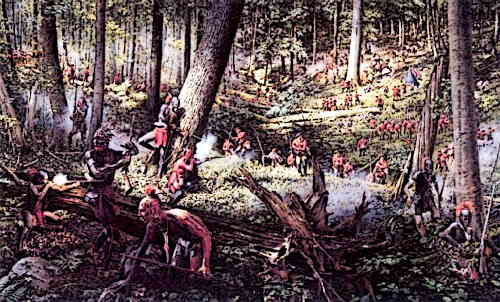
The colonists, on the other hand, felt that the taxes were simply meant to fill the coffers of the British aristocracy. This created tension between the two sides.
The Prelude to American Revolutionary War
The disagreement over taxes, local governance of the colonies and the authority of the parliament finally came to a head in the 1770s. At one side, colonies simply refused to pay new taxes imposed by the Parliament.
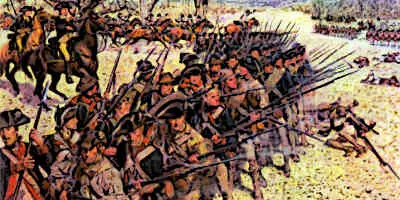
At the other side, British government saw this as a kind of rebellion of the colonies and decided to impose even stricter measures. This ultimately led to the breakout of the American Revolutionary War in 1775.
The Revolutionary War
The Revolutionary War broke out in 1775. At one side were the British Empire and its forces. At the other hand were the Thirteen Colonies and their militias.
Initially, British forces were successful because they were more organized and better equipped. The militias were poorly trained, had little military experience and comprised of new recruits.
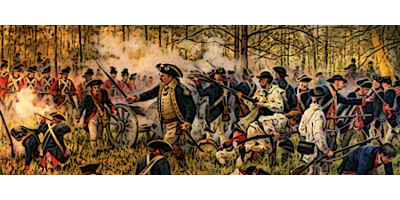
But as the war moved on, the tide began to turn. Under George Washington, the colonial militias turned into a formidable army. Known as the Continental Army, this force finally defeated the mighty British Empire.
By 1783, most of the British forces in North America had been defeated, captured or surrounded by the Continental Army. This led to the Treaty of Paris in which Britain accepted its defeat and the independence of the Thirteen Colonies.

Birth of USA
In 1776, a year after the Revolutionary War broke out, representatives from the Thirteen Colonies met. They discussed the war and how to proceed with it.
They also adopted an important declaration known as the Declaration of Independence. This declaration effectively said that the Thirteen Colonies now considered themselves independent of the British crown and government.

The Declaration also set forth the basic principles on which United States would be established.
These were captured in the following words: ‘We hold these truths to be self-evident, that all men are created equal, that they are endowed by their Creator with certain unalienable Rights, that among these are Life, Liberty and the pursuit of Happiness’.
What caused the birth of the United States?
The United States was born out of growing tensions between the American colonies and Great Britain, largely due to issues like taxation without representation, trade restrictions, and the desire for self-governance.
What was the significance of the Declaration of Independence?
The Declaration of Independence, adopted on July 4, 1776, formally announced the colonies’ break from British rule and laid the ideological foundation for a new, independent nation.
Who were the Founding Fathers of the United States?
Key Founding Fathers include George Washington, Thomas Jefferson, John Adams, Benjamin Franklin, James Madison, and Alexander Hamilton. Each played a vital role in shaping the new nation’s government and principles.
What role did the Revolutionary War play in U.S. independence?
The Revolutionary War was the armed conflict between the American colonies and Great Britain. It lasted from 1775 to 1783 and ended with American victory and recognition of U.S. independence in the Treaty of Paris.
How did the Constitution influence the formation of the United States?
The U.S. Constitution, ratified in 1788, established the framework for the federal government and protected individual rights. It remains the supreme law of the land and a defining document of American democracy.
When was the United States officially recognized as a country?
The United States was officially recognized as an independent country by Britain with the signing of the Treaty of Paris in 1783, ending the Revolutionary War.
